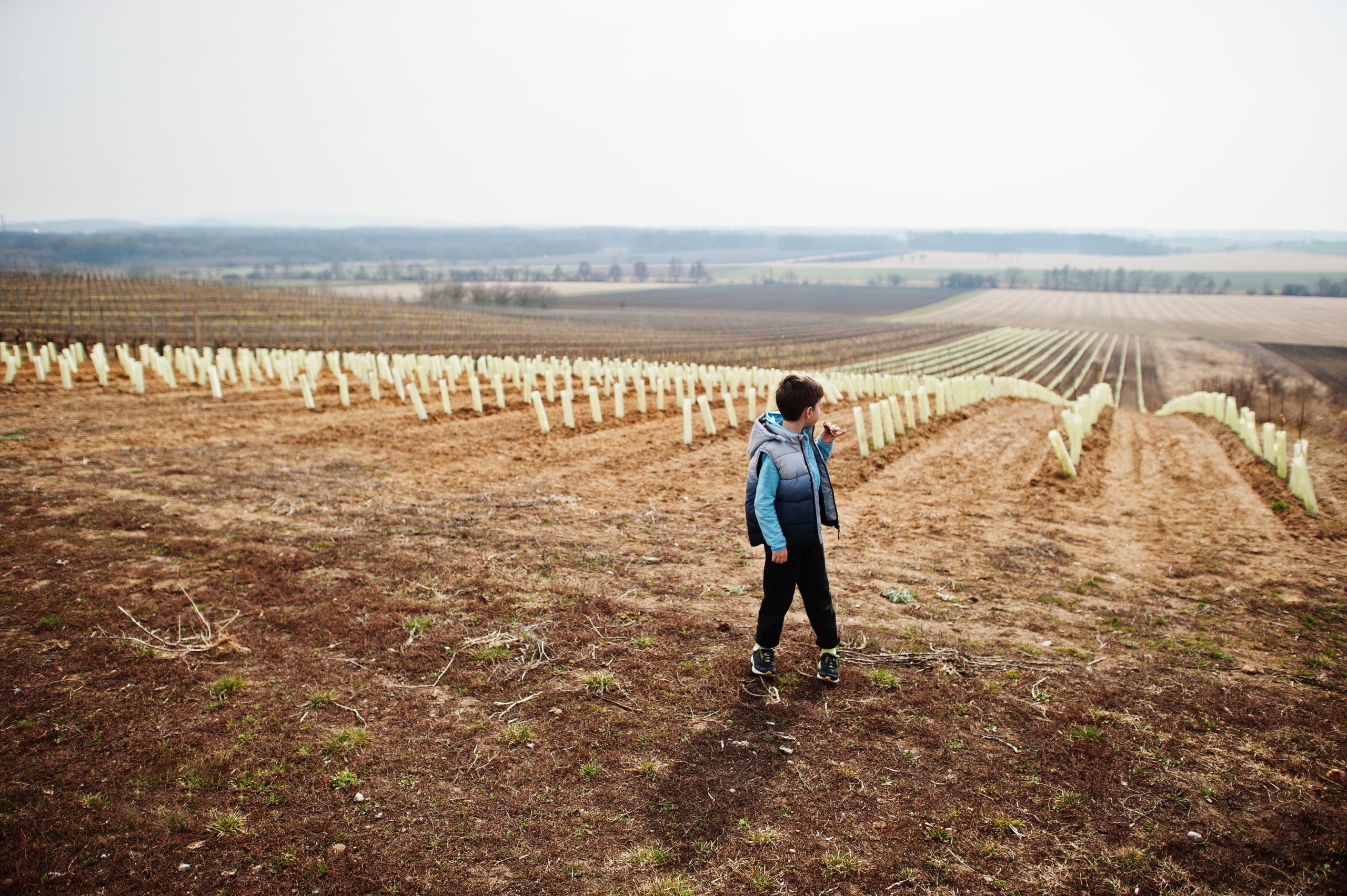The Impact of Climate Change on Fine Wine Production and Investment
Climate change has been one of the most pressing global issues of the 21st century, with wide-reaching effects across numerous industries. Among those most impacted is the wine industry, which relies heavily on specific climatic conditions for the production of high-quality grapes. As temperatures rise, weather patterns shift, and natural resources become more strained, the future of fine wine production is under serious threat. For investors in fine wine, this shift presents both challenges and opportunities that require careful attention.
The Vulnerability of Fine Wine Regions
Certain wine regions are especially vulnerable to the effects of climate change. Classic wine-producing areas like Bordeaux, Burgundy, Napa Valley, and Tuscany are seeing noticeable shifts in weather patterns that could influence their ability to produce the fine wines that have made them famous.
Rising Temperatures: Grapevines are sensitive to temperature variations, and warmer temperatures can alter the ripening process. While some regions may experience longer growing seasons, resulting in higher alcohol content in the wines, others may face problems such as over-ripening, which can result in wines that are too high in sugar or low in acidity—both of which can detract from the wine’s balance and longevity.
Water Scarcity: Increased drought conditions are becoming more common in key wine-growing areas, placing pressure on irrigation resources. Reduced rainfall and longer dry spells may lead to water scarcity, which could impact both grape quality and yields. In regions where water is already scarce, this could exacerbate existing challenges, driving up production costs and making fine wine even more exclusive.
Extreme Weather Events: Severe weather, including hailstorms, frost, and wildfires, has already caused significant damage to vineyards in many regions. The 2017 harvest in Bordeaux, for example, was greatly affected by late spring frost, resulting in significant crop losses. Wildfires in California have also become a regular threat, causing devastation to entire vineyards and, in some cases, destroying entire wineries.
Long-Term Implications for Fine Wine Investments
Investing in fine wine has long been seen as a safe bet—an asset that appreciates over time, particularly for rare, collectible bottles. However, with the increasing impacts of climate change, wine investors must begin to reconsider the stability of their portfolios and what the future holds for the market.
Supply Chain Disruptions: The supply of fine wine may become more volatile as production becomes less predictable. Lower yields in some years could drive up prices, while other years may see a glut of wine. For investors, this fluctuation presents both risks and opportunities. Wines from regions heavily affected by climate change could see prices soar, while regions that struggle to adapt might face steep declines in market value.
Shifts in Wine Regions: As climate conditions shift, some regions that were once unsuitable for high-quality wine production may become the new hotspots for fine wine investment. For example, cooler climates like parts of the UK and Ireland have been experiencing a boom in sparkling wine production due to warmer temperatures. As traditional wine regions experience adversity, investing in emerging wine-growing areas could offer diversification opportunities for investors seeking to hedge against climate risks.
Wine’s New Characteristics: The wines of tomorrow may not resemble the ones we’re familiar with today. As grape varieties adapt to changing climates, wine styles and characteristics will evolve. Investors need to be aware of these changes, as new wine trends can create new investment opportunities. Wines with unusual flavor profiles or from newly established wine regions may become the next big thing.
How Investors Can Adapt
So, how can wine investors best navigate this changing landscape? The key is to stay informed and be proactive in assessing potential risks and rewards.
-
Diversify Your Portfolio: Just like any other investment class, it’s important to diversify within the wine market. Rather than focusing solely on wines from traditional regions, consider exploring emerging markets where conditions are becoming more favorable for wine production.
-
Focus on the Best Producers: As climate change continues to reshape the industry, the ability of winemakers to adapt will be crucial. Focus on investing in wines from producers who are known for their sustainability practices and who are actively working to adapt to climate change, such as those investing in drought-resistant grapes or regenerative farming practices.
-
Keep an Eye on Wine Trends: The market for wine is driven not only by quality but also by shifting consumer preferences. Be on the lookout for emerging trends such as natural wines, organic wine production, and wines from new regions. Understanding these trends early on can help you make smarter investments.
-
Consult with Experts: If you’re new to fine wine investments or unsure of how climate change might affect specific regions, it’s a good idea to consult with wine investment specialists who can guide you through potential risks and opportunities. Their insights will be invaluable in navigating this evolving market.
Conclusion
The fine wine industry is at a crossroads, with climate change threatening to disrupt long-established practices while also creating new opportunities. For investors, this represents a dynamic, evolving landscape that requires vigilance and adaptability. While the risks are significant, the wine market’s resilience and its ability to adapt to new conditions may offer exciting avenues for those who are well-informed and prepared.
As the effects of climate change continue to unfold, it will be essential for both wine producers and investors to stay ahead of the curve. By understanding these impacts and making informed, strategic decisions, investors can continue to capitalize on the long-term value of fine wine while navigating an increasingly unpredictable world.



